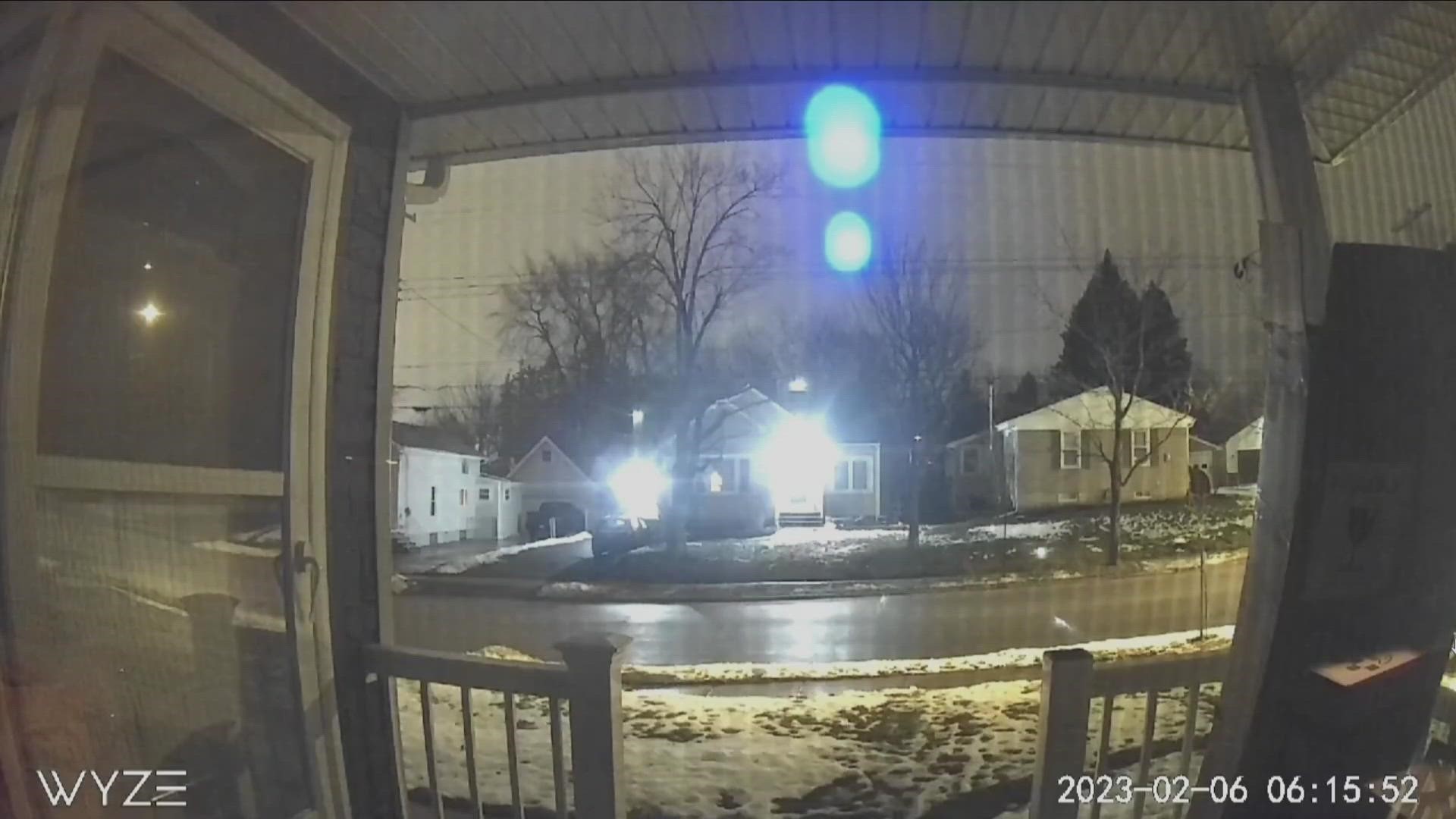BUFFALO, N.Y. — Many Western New Yorkers were awoken at 6:15 Monday morning by a 3.8 magnitude earthquake. Earthquakes in Western New York are rare, but not unheard of.
Earthquakes typically occur along, or near, faults on the earth's crust. Faults are areas where two pieces of earths crust, or plates meet. They usually slide along each other or slip above or beneath each other. The buildup and release of friction caused by two plates is what causes an earthquake.
Believe it or not, there is an earthquake fault in Western New York that runs from Orleans, Genesee, Wyoming, and into Allegany County.
It is called the Clarendon-Linden fault. It is very likely that Monday's earthquake, which had its epicenter in West Seneca, occurred because of its proximity to this fault. This fault has had a history of producing a few earthquakes in Erie and Wyoming counties most notably a 4.8 earthquake that occurred in Attica back in 1929.
Other quakes have occurred in Western New York area; a 3.0 magnitude in Amherst in 1996 and a 2.3 magnitude in Hamburg just three years ago in 2020. Other quakes in WNY include a 4.3 in 1966 and a 4.1 in 1967.
Monday morning's earthquake hit very quickly and sounded, and felt, like an explosion. That is due to the fact that it occurred at a fairly shallow depth of 3 km. Earthquakes that we are more familiar with in places like California occur at far greater depths and tend to be more long lasting and have more of a slower rolling motion.
Because of Monday's earthquake being more shallow, it had a quicker, more explosive feel, which is why it did not last very long, and did not cause very much damage. There is a small chance of a small aftershock, but it is unlikely to be felt.

